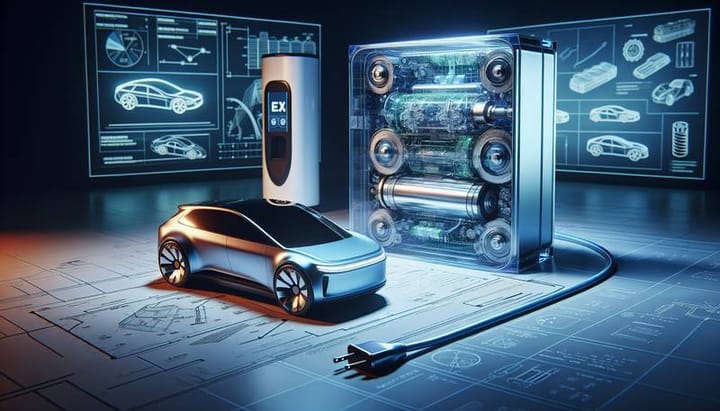Revolutionary Light-Charged Supercapacitor Unveiled by Indian Researchers

In a remarkable breakthrough, Indian scientists have successfully developed a new supercapacitor that can be charged by light, potentially revolutionizing the way we use electronic devices. This innovative technology could pave the way for streetlights and self-powered gadgets like sensors to have an unprecedented energy efficiency.
Capacitance boosted by UV light
The researchers at the Indian Institute of Science built the supercapacitor using Zinc Oxide nanorods on a clear Fluorine-doped Tin Oxide base. When exposed to ultraviolet light, the device showed a dramatic increase in its capacitance, meaning it could store more electrical energy than ever before.
Unique "necking behavior" observed
The supercapacitor displayed two unique behaviors that set it apart from conventional supercapacitors. Firstly, its capacitance increased with the voltage when under light, a phenomenon known as "necking behavior". Secondly, while energy storage usually reduces with faster charging, this supercapacitor actually stored more energy the quicker it charged if exposed to UV light.
By using a liquid electrolyte, the researchers enhanced the device's performance further—boosting the electric double layer effect crucial for high capacity energy storage. “We have miniaturized supercapacitors to the micron scale so that they can be integrated along with microchip technology," Prof. Abha Misra stated. This breakthrough hints at promising future applications for personal electronic devices such as mobile phones.
Potential replacement for solar cells in streetlights
According to the scientists, the technology could soon replace solar cells in streetlights due to its quick charging capabilities and high power density. The research team intends to evolve the supercapacitor to charge using not just UV light but also visible and infrared light.
The study, which has been published in the Journal of Materials Chemistry A, sets a new standard for what we can expect from sustainable energy storage, with the potential to reshape how we think about power in everyday technology.


